Picture getting out of bed in the morning and knowing that you made a few hundred dollars before your feet touch the floor. That’s the dream of passive income, and many have turned it into a reality.
The good news is that it’s not even that hard to join them. The only catch is knowing which kinds of websites are both beginner-friendly and actually deliver on the promise of repeat revenue.
Some passive income-oriented businesses require minimal upfront investments to get started—mainly your time and effort. Others may demand a bit more cash in the beginning but offer higher earning potential in the long run.
If you want to ditch the 9–5 grind, escape the desk job doldrums, and wave goodbye to those awkward colleagues you didn’t choose to work with, perhaps building one of these passive income websites is right for you.
Product Review Website
Creating a review site is one of the easiest ways to earn passive income. With a constant flow of new consumer products and services, there’s also a constant flow of people who want advice before buying them. Since the demand is already there, you just need to put in the work to start capitalizing on it.
Review sites are great if you love trying new things and sharing your honest opinions. Not only is this type of website relatively easy to set up and has high traffic potential, but it also has a few different ways of monetizing.
First, you can be an affiliate for the products you review. For example, say that there’s a hosting service you use and love. You can write about how it works and why you love it. By sprinkling affiliate links throughout your posts, you can earn a commision any time someone makes a purchase through your link. Some brands will even pay you when a user signs up for a free trial.
Once you have ample traffic, you can also monetize your website with ads. Advertisers reward you for helping them get in front of people who are making buying decisions—like those who read your reviews—so they’ll pay you just for clicks.
How to build a review site
First, you need to choose what you’re going to review. Most successful review websites are geared towards certain niches. For example, CNET reviews tech products, and some websites review anything you can buy on Amazon.
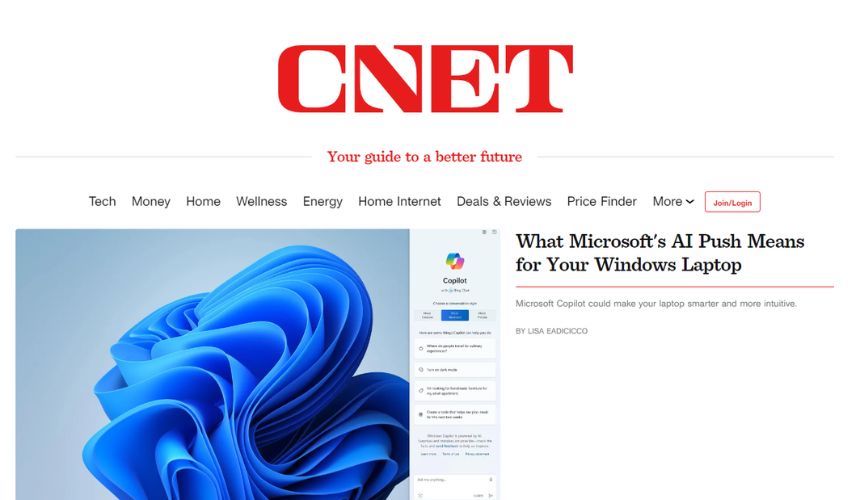
We recommend choosing a niche with high profit margins and high demand. Categories like software, finance, health and fitness, and electronics generally perform well. Other popular niches include the lifestyle, beauty, and hobby niches. The bulk of your work will be creating content, so choose a topic you are interested in and can write about naturally.
Next, you’ll want to get started with a blogging platform. We recommend using WordPress with a theme that’s made for a review site. You can find WordPress themes for blog post reviews, product reviews, software reviews, and general review websites.
Most of these themes have built-in review functionality, but you can also add thousands of other plugins to make your job easier and increase your search rankings. For example, some plugins help build internal links and check for broken links, while others let you create easy charts and tables to display information about the products you review.
Once your website is set up, you’ll need to fill your content calendar. Some sturdy ideas for review articles include buying guides, product comparisons, and straightforward product reviews.
Lastly, remember that the key to success with an affiliate marketing niche website lies in finding the right balance between valuable content and promotional efforts. Even top-ranked websites struggle to keep content fresh, so you must work diligently to get traffic through consistent publishing and solid marketing.
Ecommerce Store with Dropshipping
If you’re not a writer and selling products is more your thing, you can generate passive income with a dropshipping website. With dropshipping, the only upfront cost is the website and your time.
A dropshipping store looks like a regular ecommerce website, but you don’t need to create products, hold inventory, or even fulfill orders—everything is automated through third-party partners. That means your main job will be sourcing cool products and bringing in traffic.
First, you’ll need to figure out what to sell. Luckily, there are websites like Ecomhunt and NicheFinder that share trendy products proven to make sales. Using these sites, you can tap into a wide range of niches without any upfront investment.
If you want, you can test different markets and find profitable products before committing. You can even buy pre-made dropshipping websites that are front-loaded with products.
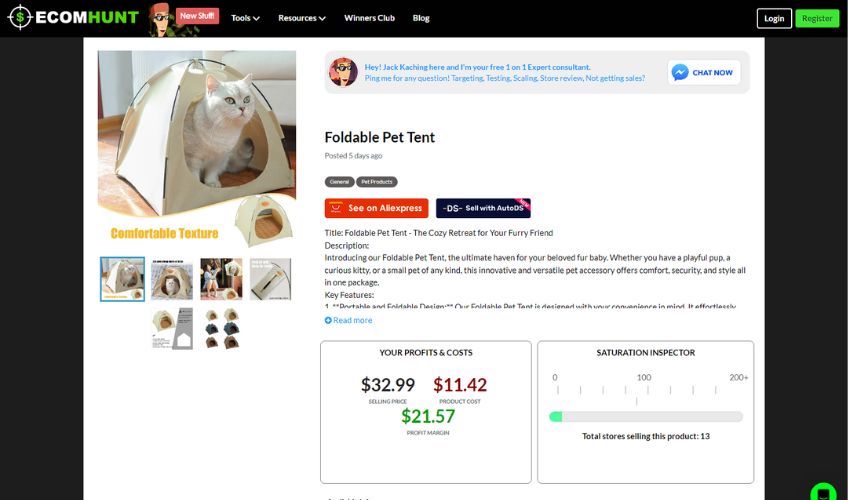
If you’re making your own site, we suggest building a dropshipping store on Shopify or WordPress. Those are two of our top picks for the best ecommerce website builders, and they each have apps that directly import products into your store from popular suppliers such as Ali Baba, Ali Express, and Oberlo.
Once your shop is filled with products, the next step is to open your doors to customers. Then it’s just a rinse-and-repeat process of finding new products, optimizing your customer experience, and bringing in shoppers through multi-channel marketing campaigns. When you learn to do these things well, your dropshipping store can rake in a lot of passive income.
Print On Demand Shop
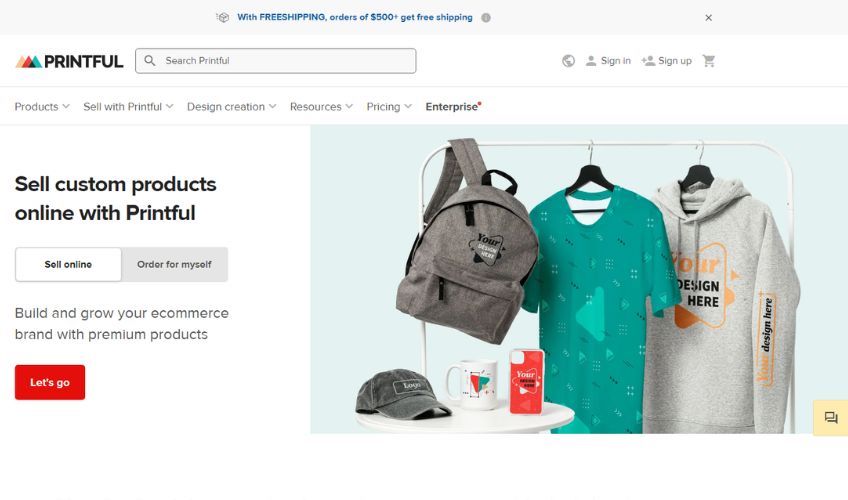
Similar to dropshipping, a print on demand (POD) website sells physical goods through a third-party provider. But unlike dropshipping, you’re the designer, and the print provider handles inventory management, printing, and shipping.
Whether you’re an artist, graphic designer, or simply someone with a knack for creativity, this business model offers a low-risk opportunity to turn your passion into profit. You don’t even have to be a great designer to make money with POD because you can source graphics from design marketplaces or use AI to create unique artwork—as long as you do all of it legally.
Once you’ve got your designs, you’ll need to find a print partner and choose your products. We recommend Printful or Printify because they’re well-known for high-quality printing on a variety of products. T-shirts, mugs, and hoodies are staple POD products, but you can also sell items like dog bandanas, stationery, tote bags, and baby clothes.
Finally, you’ll need to create your own website to sell on. Most of the best website builders will have a way of connecting your CMS to your POD app, which will automatically fill your store with the merchandise you want to sell.
Now, here’s where the magic comes in. When a customer places an order on your website, the POD provider handles everything from printing your design on the chosen product to packaging and shipping it directly to the customer’s doorstep. That’s about as passive as it gets.
It’s also what makes print on demand highly competitive and hard to break into. Still, if you love creating and want to see your work on products, you can make this passive income idea possible.
Membership or Subscription-Based Website
Memberships and subscription websites do something that most other websites can’t—they generate predictable monthly recurring revenue, helping you avoid the feast or famine cycle that haunts entrepreneurs.
For business owners, memberships require less effort than one-on-one sales and services. Meanwhile, subscribers are happy because they get clear value while saving time, money, or both.
If you’re looking for a membership idea, think about things that you subscribe to yourself. You might pay for grocery delivery services, shopping subscriptions, video streaming platforms, monthly beauty boxes, business cohorts, or professional networks. Perhaps you can improve on one by identifying and solving a common problem that many people have. If it only requires a little work to solve on your part, that could be a great idea for a membership.
Once you have an idea in place, the next step is building your website to accommodate it. Most website CMSs provide some way to run a membership, but we recommend WordPress if you want full flexibility and scalability with a membership plugin. You could also choose a dedicated platform such as Kajabi, Teachable, or Podia—but even Wix and Squarespace allow you to build memberships.
We suggest listing the features you’ll need and then choosing a platform that’s easy for you to manage. For example, you may need a community forum, on-demand video hosting, and gated content. You also might need a way of letting users update their own subscriptions independently. Just do some digging and choose a platform that’ll work for your business model.
If you have the right tools and systems in place, managing memberships becomes more efficient so you can focus on delivering high-quality, engaging content. With happy and engaged members, your website’s passive income can keep rolling in.
Online Course Website
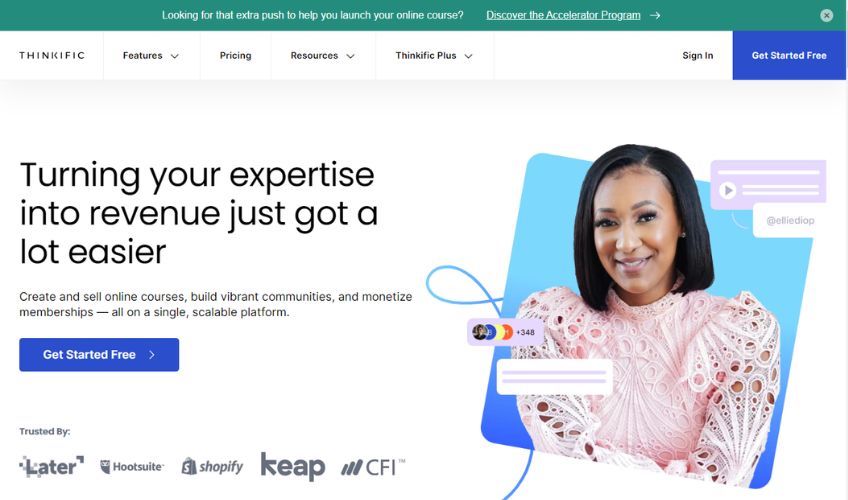
Creating an online course is like planting a money tree that keeps bearing fruit. Unlike memberships which require ongoing engagement and content updates, courses are mostly one-and-done products. You can create a course once and earn money by bringing in more students.
Courses attract people seeking specific knowledge or in-depth skills and those who prefer a structured learning path. That’s what makes courses great for professional development in addition to hobbies such as photography and cooking.
If you’re creating a course, the most difficult part will be coming up with your winning idea and creating the content. It doesn’t have to be about rocket science—just choose something you’re interested in or good at, and give it a go. It’s common to see creators quick-launching courses that they improve over time.
Setting up your online course website will be the easy part of the process. Platforms like Teachable, Thinkific, and WordPress with LMS plugins provide all the features you’ll need to customize your site, upload materials, and set pricing. You can also take advantage of quizzes to gauge student understanding and learn how to improve your content.
From launch onwards, it’s your job to support active students so they can get the most from your material. You’ll also want to market yourself through social media, video, email campaigns, and collaborations to grow the KLT factor (know, like, trust) and attract new students.
With ongoing management and marketing efforts, you can turn your passion and expertise into a lucrative online course.
Digital Products Marketplace
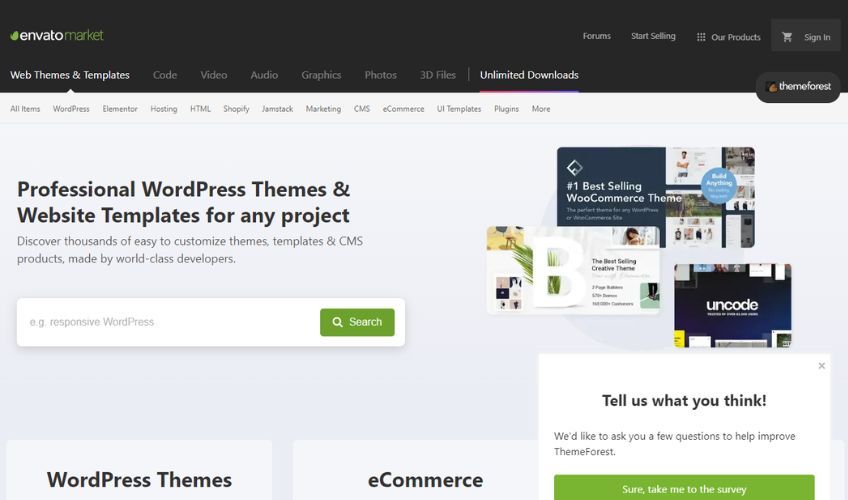
If you don’t want to create your own products, a digital marketplace selling other people’s goods or services is another passive income idea. Many successful marketplaces are already selling other people’s digital art, stock graphics, templates, NFTs, affiliate goods, courses, and even services.
Take Envato, for example. Envato has niche marketplaces for WordPress themes, graphics, and music. Users can make one-off purchases of these things individually, but they can also pay for a monthly subscription called Envato Elements that gives them access to all product categories.
Marketplaces like this are popular both with creators and consumers. Creators get another avenue for passive income and exposure to a wider audience, while buyers can find a diverse collection of high-quality assets in one shop. If you want to create a marketplace, you’ll need to decide on a specific niche or go for variety in a broader category.
Either way, you’ll need a CMS that can handle orders and payments for product sellers, as well as purchases and accounts for product buyers. We recommend WordPress for a marketplace because you can start with pre-made themes that have the search and store features you’ll need.
You can use WooCommerce for sales and add the free WCVendors plugin to handle the seller setup. If you need more features or want to include a subscription plan, WCVendors Pro and/or WCVendors Membership packages can help you create a truly professional marketplace.
Once your website is created, your main jobs will be to bring in the traffic, connect with makers and service providers, and ensure your site has a smooth conversion process. Once your marketplace is up and running, so too will your passive income (be up and running).
App or Software as a Service Website
A Software as a Service (SaaS) website is another idea you can try for passive income when you don’t want to make the product yourself. To create a SaaS product independently, you would have to learn code, research UI/UX, create the product, and then tackle marketing your startup.
Each one of those disciplines is no small task, and definitely not something most people can get operational in a short period of time.
Of course, you can always speed up the process by creating a no-code app with AI and using AI tools to help market it, or you could raise funding and manage a team of developers who can create an app for you.
Anyway, however you manage to create an app or software, you can attract customers willing to pay a monthly or yearly subscription fee if it offers a valuable solution of some kind. This creates a consistent cash flow that can help sustain and grow your business over time.
Notwithstanding, the startup life is attractive for many entrepreneurs, but we want to let you know that this particular passive income idea might take a lot more time and capital up front—and it also takes a lot of hard work to have a successful SaaS product.
In any case, the beauty of the SaaS model is its scalability. Over time, you can continue to refine your app based on customer feedback, ensuring its relevance in an ever-changing market.
That said, you’ll need to deliver your product in some way, be it through app stores or on your own branded website. The good news is that you can use any platform for your website as long as it handles subscriptions well.
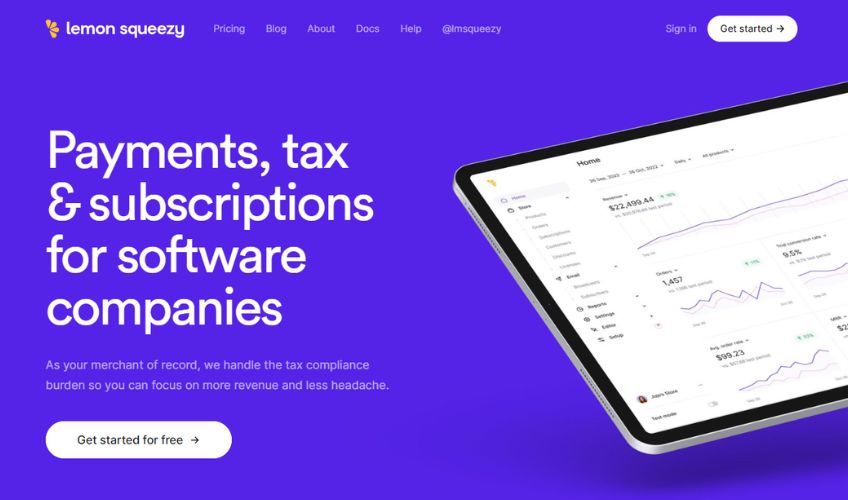
Some SaaS companies simply process payments through Stripe, but you can also look at Lemon Squeezy, which was built to handle payments, tax, and subscriptions for software companies.
Final Touches
If you’re ready to try your hand at creating a passive income website, any of these ideas can be your ticket to success. You don’t even need a massive capital investment, since all it takes is determination, some upfront work, and a handful of good ideas.
Once your website is set up, it’s just a matter of getting your systems in place and fine-tuning your processes until your site mostly runs itself.
Imagine the satisfaction of money flowing in as you catch up on well-deserved rest. Recurring revenue streams like these can help bring about the financial stability you’ve been striving for.
